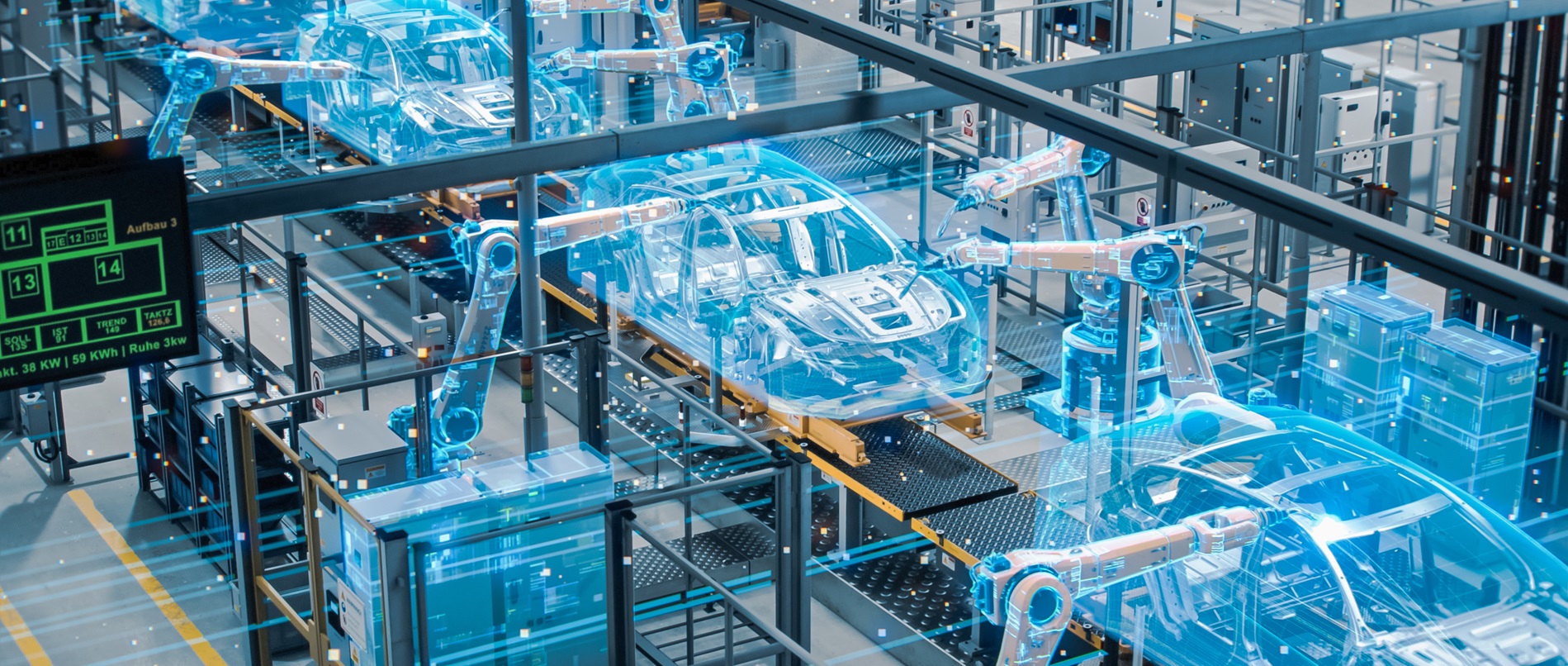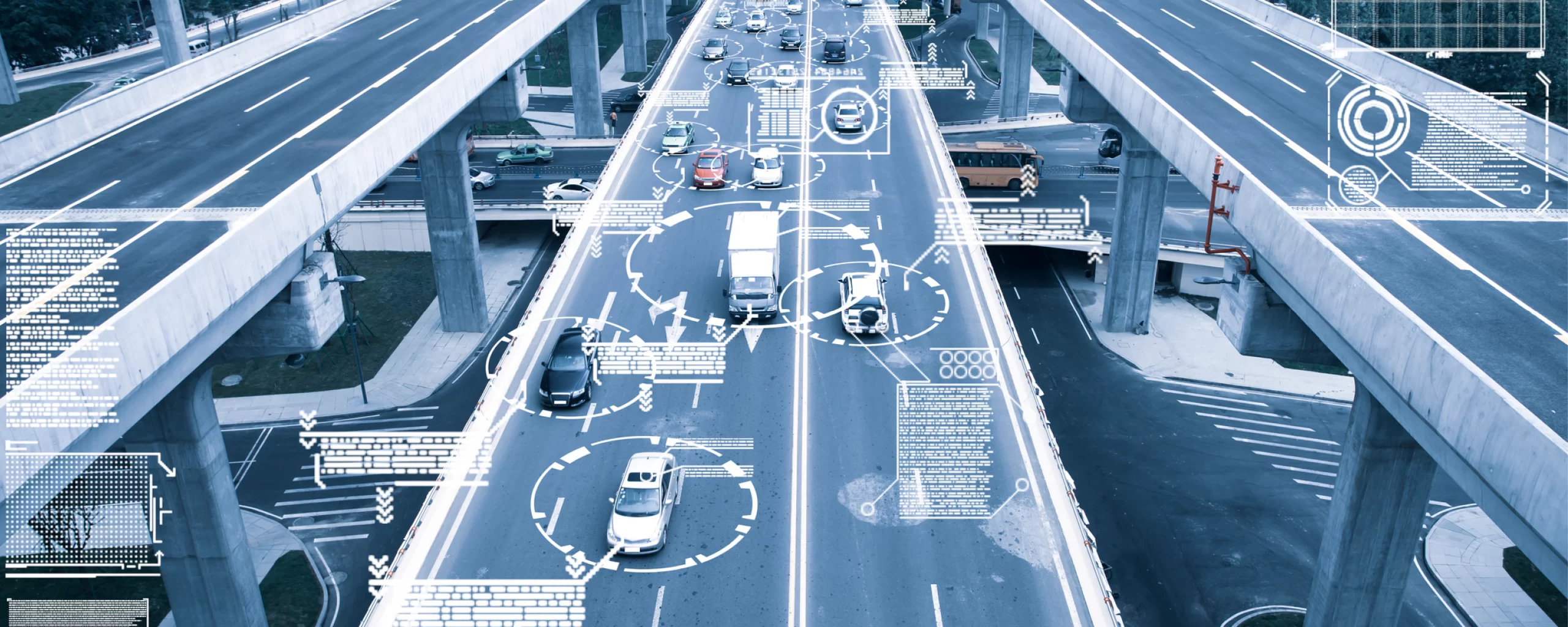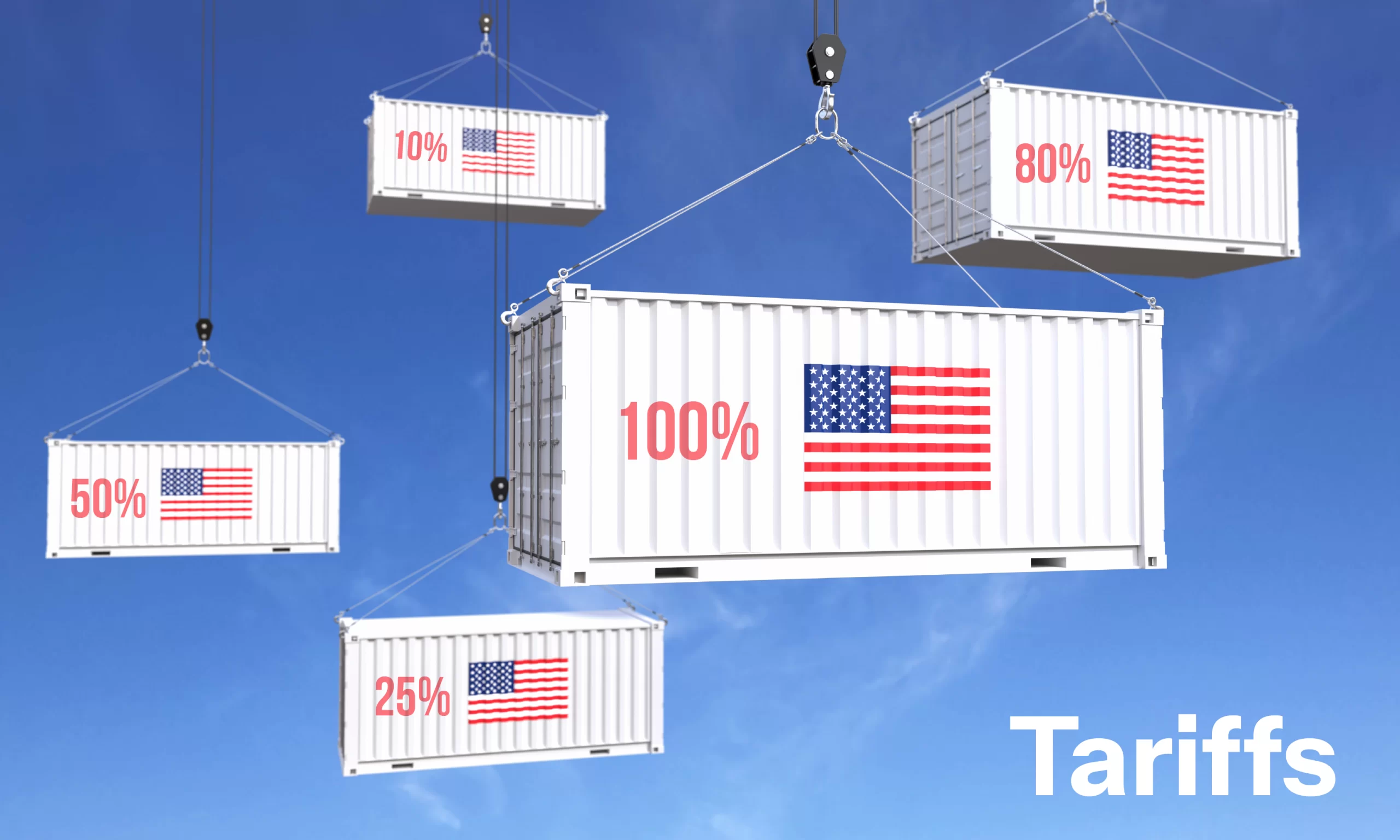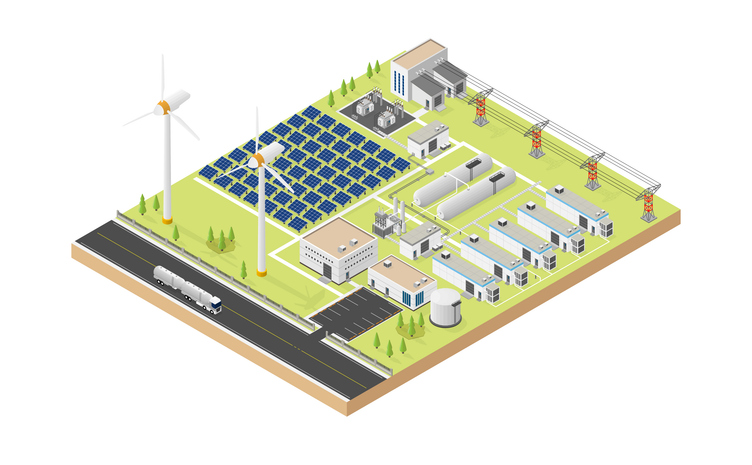
Industrials
Capitalizing New Manufacturing Opportunities With Industrial Consulting Services
Transforming Industrial Manufacturing With Strategic Consulting Solutions
Industry 4.0 technologies, automotive electrification, and alternative fuels are steering the industrial manufacturing sector into a new era. The increased penetration of digital technologies is shifting the spotlight from manufacturing to software-based operations, implying the need for a more sophisticated modus operandi at all levels. As new players intensify competition for well-established players, the push for end-to-end digitalization and automation reaches new heights. Our industrial manufacturing consultants help companies develop and execute successful strategies. Their sector-specific expertise in advanced analytics, industry 4.0 technologies, digital transformation, operational excellence, and automation can help you navigate the rapidly evolving business landscape. The plan also includes upgrading operational capabilities, including procurement, engineering, manufacturing, supply chain management, marketing, and upscaling end-products. By circumventing the challenges, we help you outperform your counterparts and establish a strong market edge.
Focused Industry Segments
Expertise in emerging industry verticals, delivering impactful solutions through specialized, industrial manufacturing consulting
How Can We Help You?
The headwinds emanating from industry 4.0 and 5.0 are challenging the industrial world’s growth and profit trajectory. The mandate for early enablement of innovation and technical expertise befalls all players, implying the need to act early for a strong market footing and competitive edge. Our industrial consulting services entail strategic guidance and support to nail informed decision-making, business transformation, and safeguarding growth and profits from disruptions in the foreseeable future. We furnish world-class services like market trends analysis, monitoring of emerging technologies, identifying competitors’ activities, benchmarking the company’s performance, anticipating risks, developing alternative future scenarios, assessing their potential impact, scenario planning, identifying key stakeholders, developing long-term strategic planning and setting investment priorities for the smooth execution of plans.
ExploreIndustries worldwide are looking to accelerate and streamline their operations. The scope for R&D and innovation expands as companies navigate challenges associated with complex automation systems, fragmented value chains, industry 4.0, and diversifying regulatory and market dynamics. Our consultants are helping organizations capture market opportunities, navigate major future turbulences, and develop enough resilience to sustain business growth while addressing sustainability, regulatory, and economic complexities. Our industrial consulting team is well-equipped to address research & development, testing and validation, environmental innovation and sustainability, and digitalization requirements in the industrial ecosystem.
ExploreThe industrial sector is surging ahead in the shadows of automation, sustainability, and Industry 4.0. Companies aiming for market or technology leadership need to leverage these opportunities and claim a deeper footing in this domain. This raises the need to align strategy with these developments for long-term sustained results and profits. Our industrial consulting team combines technological expertise and industrial experience to help companies capitalize on emerging possibilities and gain a strong competitive edge. We analyze market trends and dynamics, look into the competitive landscape, perform strategic planning, relay opportunity identification, develop product roadmaps, ecosystems and partnership development, international expansion, data analytics implementation, portfolio, and product strategy to provide systematic advantages to investors.
ExploreSustainability has emerged as a pivotal value differentiator that is quantifying brand equity, growth prospects, and resilience for various business verticals, including the industrial and mobility sectors. However, a gap between ideation and tangible reality awaits to be abridged as industry leaders navigate the undercurrents of circular economy, decarbonization, energy consumption, and resource conservation. As consulting partners, our industrial manufacturing experts are lending a helping hand to industry participants to integrate green standards in their product development, innovation, and company culture, along with answers to all “how to” related to services. We conduct comprehensive assessments that the environment may have, look into energy consumption, set sustainable goals, focus on circular economic strategies, resource utilization, product and process innovation, incorporate eco-design principles, electrification and alternative fuels, legal and regulatory obligations, and anticipate regulatory changes.
ExploreThe manufacturing sector faces core challenges with respect to innovation acceleration, constricting GTM timelines, and rephrasing the product development process. This necessitates strategic partnerships and partner identification as they are key in turning innovative ideas into tangible realities. Our consulting team assists key players in staying agile, innovative, and competitive by pinpointing co-mans and partners. For clients, we evaluate potential partners, explore opportunities for co-manufacturing, shortlist strategic partners, facilitate discussions and negotiations, optimize the supply chain, identify potential suppliers and vendors, channel partnerships, technology licensing, market-entry, and potential international partners.
ExploreAs the value chain stakeholders in the manufacturing domain strive to stay ahead of the curve, proactive technological innovation and benchmarking take center stage. The shift also demands swift and well-informed decisions to accelerate technical advancement, commencing a strong edge over niche-specific competition. As a strategic industrial consulting partner, we understand the challenge posed by the rapidly changing scenario in this respect, and we carry the ability to resolve all perplexing dilemmas with actionable insights, diligently curated benchmarking assessments, and proactive measures needed to thrive in this ever-evolving industry. From a startup acquisition perspective, Stellarix validates startup ideas, performs thorough market surveys, explores myriad revenue streams, go-to-target approaches, prototyping, and product development.
ExploreLatest Insights
See all
Articles

Articles

Articles

Articles
